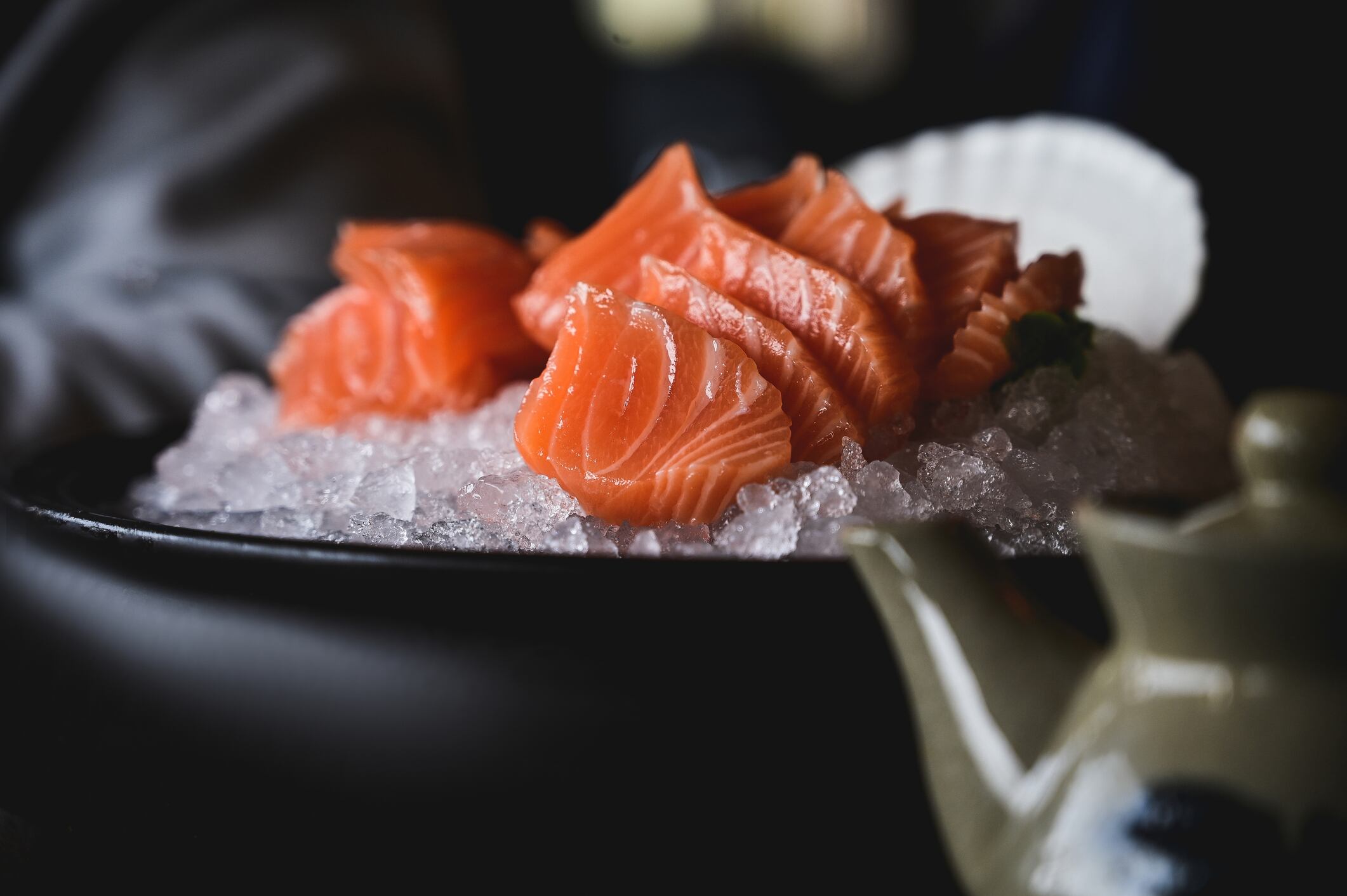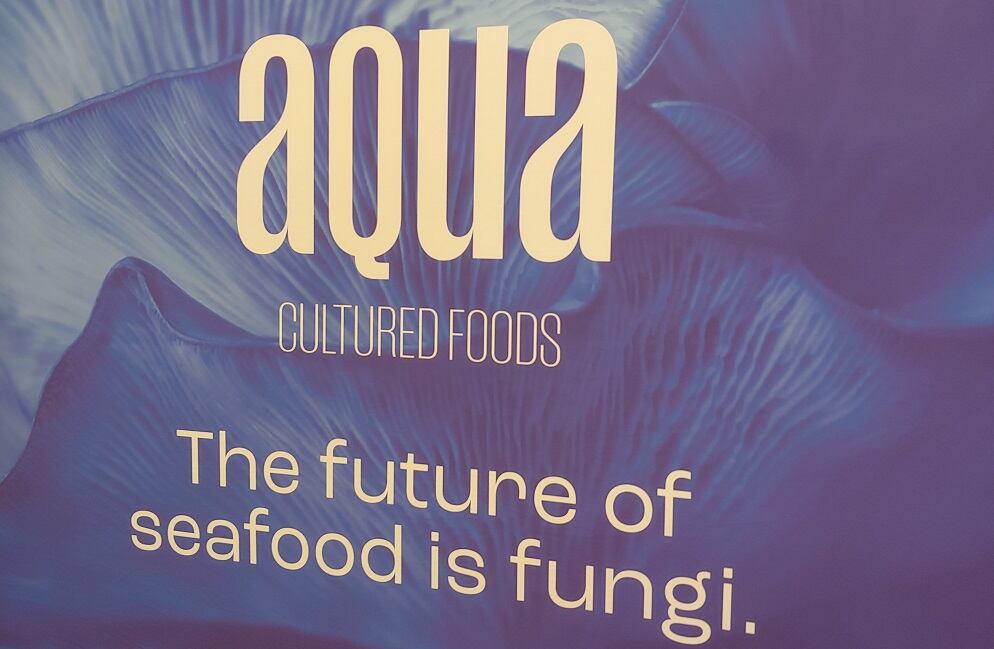Consumer perception of plant-based foods is rooted in nutrition and health, according to FMI - The Food Industry Association's report, Power of Plant-Based Foods and Beverages. The benefits of a plant-based diet are well known as new products emerge across US grocery and e-commerce shelves. Its popularity is reflected on social media, with Instagram’s #plantbased boasting 40.7 million posts, while #plantbaseddiet has 5.2 million, emphasizing consumers' prioritization of health through food.
In order for plant-based seafood to seize its full market potential, it must overcome lingering challenges, including taste and texture.
After cost, texture is the leading challenge for consumer adoption of plant-based seafood
Innovations in plant-based formulations continue to evolve as new processes offer more realistic characteristics to meat and seafood. FMI’s report found that 60% of consumers prioritize taste, look and feel of plant-based foods to its meat counterparts.
The challenge in developing plant-based seafood is achieving a combination of taste, texture and price—although taste is surprisingly feasible in plant-based seafood, according to Scientific American.
“The rather specific taste common to fresh fish comes mostly from a combination of molecules that scientists already know how to replicate in a lab: long-chain fatty acids, such as omega-3s and omega-6s, which give fish their oil quality and taste, and volatile carbonyls, which lend a lighter, almost melonlike flavor,” the article explained.
Recreating texture involves more intricate processes. Achieving the complex and specific texture of fish, for example, requires replicating multiple fibrous muscle layers that lie in the same direction which are connected through tissue and fat. This structure is what gives fish its signature flaky characteristics.
Recreating these muscle fibers is commonly done through a technique called directional freezing. With edible algae for example, directional freezing is applied to the gelatinous algae, where water is solidified and perforates the gel into tiny cubes, creating the uncooked fish texture. Once created, the cubes can be filled with a mixture of protein, fat and flavor. Adjusting the freezing temperature is one method to recreate various textures of other fish types.
‘There might be more of an opportunity for some of these plant-based seafoods to be a filler or mixed in with other meals’
Plant-based seafood is new and generally attracts curious eaters, who typically live in urban, higher income areas and who are interested in trying different foods, explained Steve Markenson, vice president, research and insights, FMI.
Plant-based seafood products are typically made from soy, seaweed, yeast, legumes, vegetable oils and starches to mimic tuna, salmon, caviar, scallops, squid, crab and shrimp. Although for now, it appears that ready-to-eat plant-based seafood may be a more feasible way to encourage cooking consumers to cook with it.
“Plant-based is very small in terms of sales, even though a lot of consumers are talking about it because it’s new and different. There might be more of an opportunity for some of these plant-based seafoods to be a filler or mix-in with other meals,” Markenson added.
Players in the space illustrate the diverse opportunity of plant-based seafood.
The Plant Based Seafood Co., a women and family-owned brand, focuses on ready-to-eat, seasoned seafood dishes like crab cakes, coconut shrimp and dusted scallops using konjac powder and vegetable root starch as primary ingredients.
On the canned faux fish side, Loma Linda’s plant-based tuna made from texturized soy protein, Tuno, offers seasoned versions with lemon pepper, Thai chili or plain (in spring water).
Omni’s frozen breaded and non-breaded vegan fish fillets are made from non-GMO soy, shiitake mushrooms, rice and peas.
‘There is definitely a curiosity factor’
The plant-based consumer and seafood consumer are two groups focused on maintaining a healthy diet—which is an opportunity for plant-based seafood producers to fill in the gaps. While consumers choose plant-based meats to reduce fat in their diet, Markenson explained, seafood consumers choose seafood because of its nutritious reputation.
Consumers who are buying plant-based seafood are also buying meat and seafood, indicating that vegan seafood is an addition, not a replacement. Notably, this preference highlights the need for variety in protein type. For plant-based food brands, there is an opportunity to market products as complements to other protein counterparts in a value-driven market.
Markenson added, “These new [plant-based seafood] products are not much better in terms of price so it’s hard to compete on price…but there is definitely a curiosity factor.”




